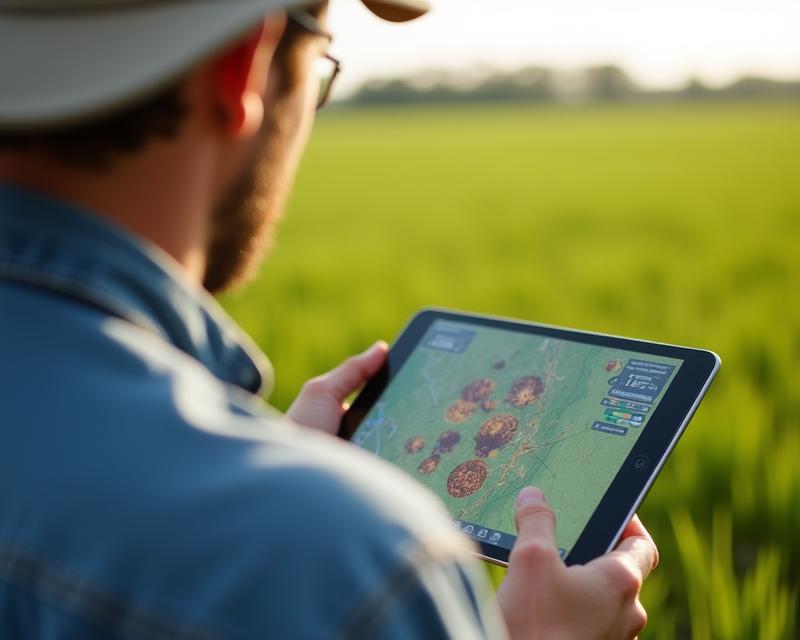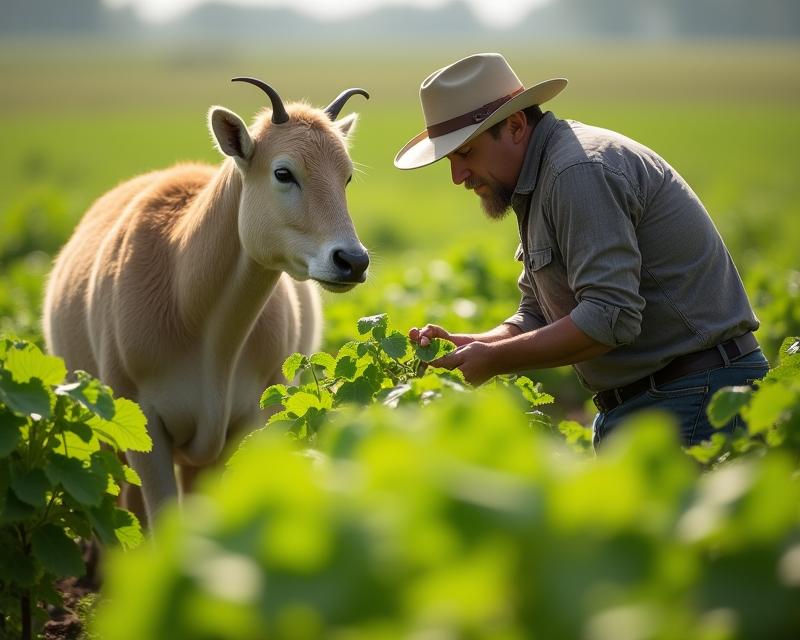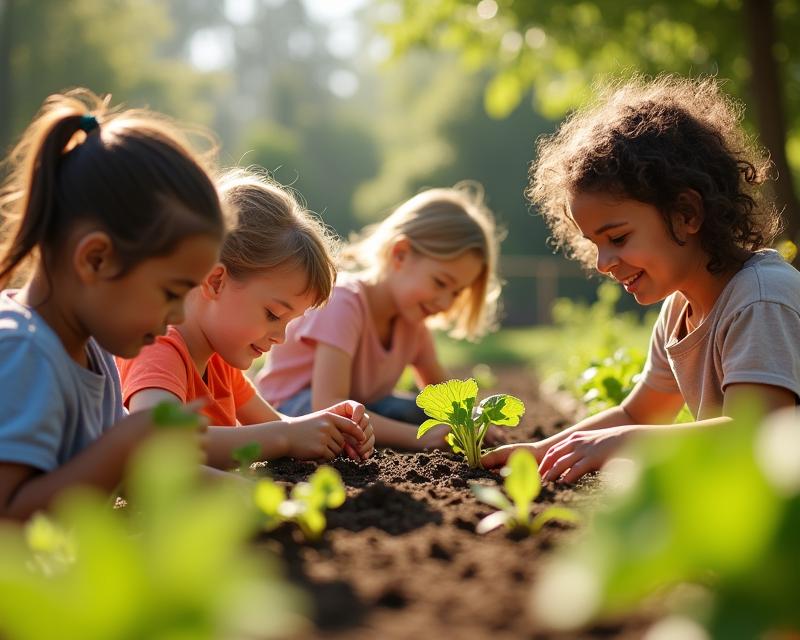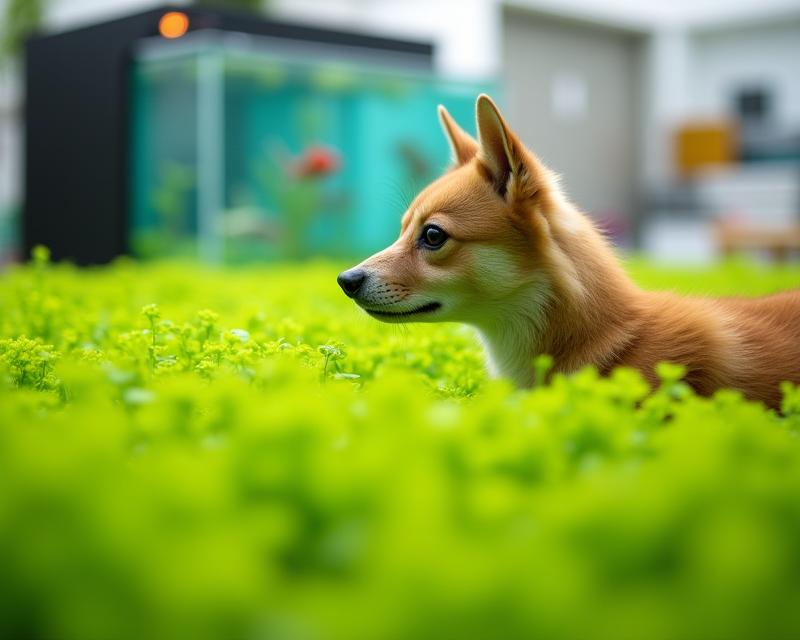Smart Soil: Tech for Better Forage!
Publish in Sustainable Farming el 22/07/2025 16:45
Smart Soil Sensors: A Game Changer for Forage!
Hey everyone! As farmers and ranchers, we're always looking for ways to improve our yields and make our operations more efficient. One of the biggest challenges we face is managing our soil – understanding its moisture levels and nutrient content is crucial for healthy forage production. For years, we relied on guesswork and manual testing. But now, technology is offering us a whole new level of insight!
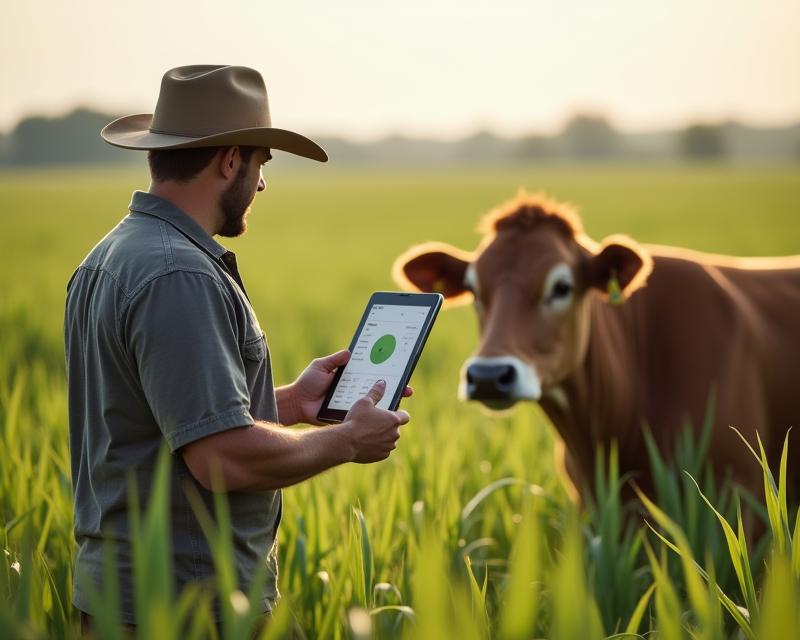
What are Soil Sensors?
Soil sensors are essentially little gadgets that you stick into your fields. They constantly monitor key soil properties like moisture, temperature, and nutrient levels (like nitrogen, phosphorus, and potassium). These sensors transmit this data wirelessly to your smartphone, tablet, or computer. Think of it as having a continuous, real-time report card on your soil’s health! This allows you to make informed decisions about irrigation, fertilization, and other management practices.
Why Use Soil Sensors for Forage?
The benefits are huge! First, precise irrigation. No more overwatering or underwatering! Sensors tell you exactly when and how much water your forage needs, saving water and reducing costs. Second, optimized fertilization. You can apply fertilizer only where and when it’s needed, preventing waste and minimizing environmental impact. Third, early detection of problems. Changes in soil conditions can signal potential issues like nutrient deficiencies or disease outbreaks, giving you time to take corrective action before they become major problems. Finally, improved forage quality and yield. Healthier soil means healthier plants, leading to better forage for your livestock.
Data-Driven Decisions
The real power of soil sensors comes from the data they provide. Instead of relying on general recommendations, you can make data-driven decisions specific to your field's unique needs. Many systems come with software that analyzes the data and provides recommendations for irrigation and fertilization. This level of precision can significantly boost your profitability and contribute to more sustainable farming practices. It’s about moving from reactive management to proactive management – anticipating needs before problems arise.
Getting Started
There are many different soil sensor options available, ranging in price and features. Do some research to find a system that fits your budget and the size of your operation. Start with a small pilot project in a representative area of your farm to see how soil sensors can benefit you. Many companies offer on-site consultations and support to help you get started. Investing in soil sensor technology is an investment in the future of your farm – a future of greater efficiency, sustainability, and profitability!
- Consider factors like soil type and crop needs.
- Look for sensors with reliable data transmission.
- Explore software options for data analysis and recommendations.

